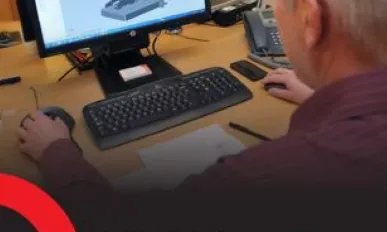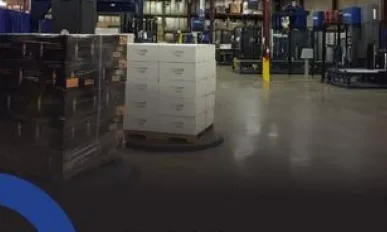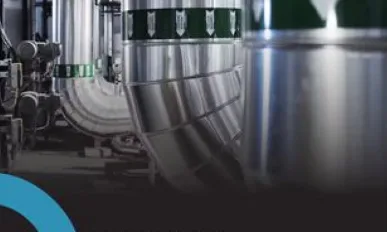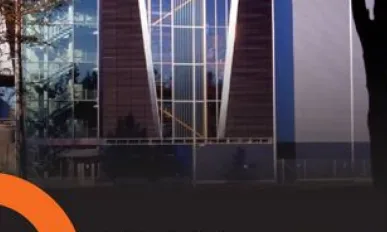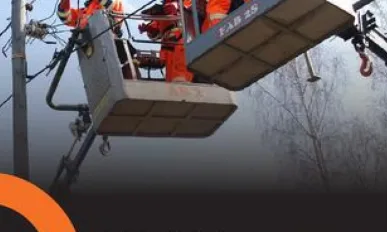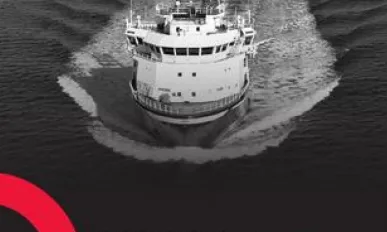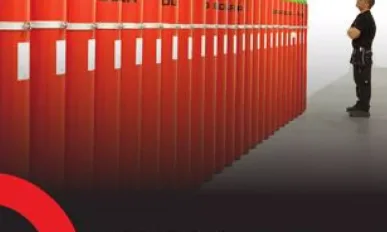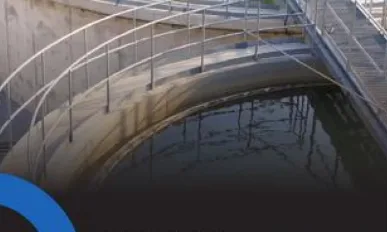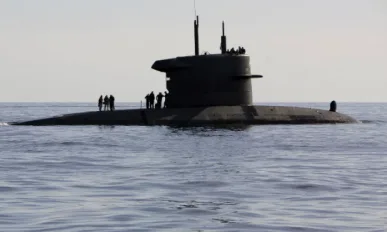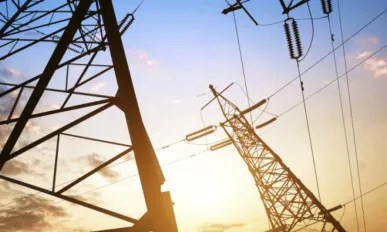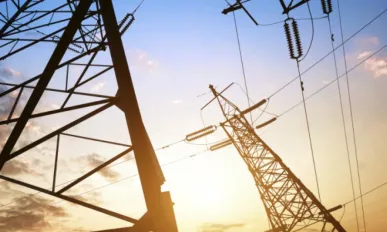Issue 4
Danfoss IXA : Sensing a Gap in the Market
The latest systems and sensors by Danfoss IXA both contribute towards cost efficiency and energy saving in the maritime industry.
Oracle OpenWorld
Oracle OpenWorld San Francisco is an annual business and technology conference for Oracle customers, prospective customers, and partners.
Lantech : The First Name in Secondary Packaging
Lantech has customer uptime, accessible customer support and the highest machine performance right at the heart of all it does.
Kraftringen : Striving for Long-Term Sustainability
Kraftringen is totally committed to its mission of generating and distributing carbon neutral energy across various regions in Sweden.
Turun Seudun Energiantuotanto Oy (TSE) : Experts in Energy
Turun Seudun Energiantuotanto Oy (TSE) strives to produce sustainable and cost effective heat and electricity solutions for Turku.
Turku Energia : Life, Living and Entrepreneurship
Turku Energia aims to be one of Finland's leading heat and electricity producers as it pushes towards its 2020 green energy goal.
Reach Subsea : Industry Leading Subsea Engineers
With a vision to be the preferred operator for subsea partner, Reach Subsea aim to be a business that will always perform above expectation.
Foundation Pärnu Hospital : A Cornerstone for Healthcare
After two decades, Pärnu County now boasts one of the most significant hospitals in Estonia, Foundation Pärnu Hospital.
Coromatic : The Evolution of Critical Facilities
Coromatic Group is the Nordic market leader safeguarding business continuity and providing robust critical facilities.
iStone : Long Term Sustainable Solutions in IT
IT consultancy iStone strive to be the partner of choice for clients who want to increase the value of their business critical systems.
Stockholm Vatten : World-Class Drinking Water
Stockholm Vatten, a water and waste water management company, is responsible for its delivery to more than one million people.
Jaguar Land Rover to Create 1,300 Jobs in UK
Indian-owned luxury car manufacturer Jaguar Land Rover revealed plans on Monday to create 1,300 jobs in Britain.
Amazon Creates 6,000 New Jobs in Europe
Amazon created 6,000 new full-time positions in Europe in 2014 to respond to booming demand, the U.S. online retailer said this week.
UK Hospital Performs First Newborn Organ Transplant
Two newborn recipients received organs after a breakthrough transplant following a tragic loss at Hammersmith Hospital, London.
OpenX Appoints Andrew Buckman as New MD for EMEA
OpenX, a leader in digital and mobile advertising technology, today announced the appointment of Andrew Buckman as Managing Director, EMEA.
Saab and Damen Team up to Develop Walrus Submarine
Saab is teaming with Dutch shipbuilder Damen Shipyards Group to explore future opportunities in the international submarine market.
Mind the Capacity Gap : Generation and Demand
The capacity gap between UK power generation and demand has never been so narrow, with both demand and supply fluctuating wildly.
Mind the Capacity Gap : The Changing Energy Landscape
The energy landscape of the UK is changing, and presenting new challenges for UK energy security for its low-carbon objectives.



